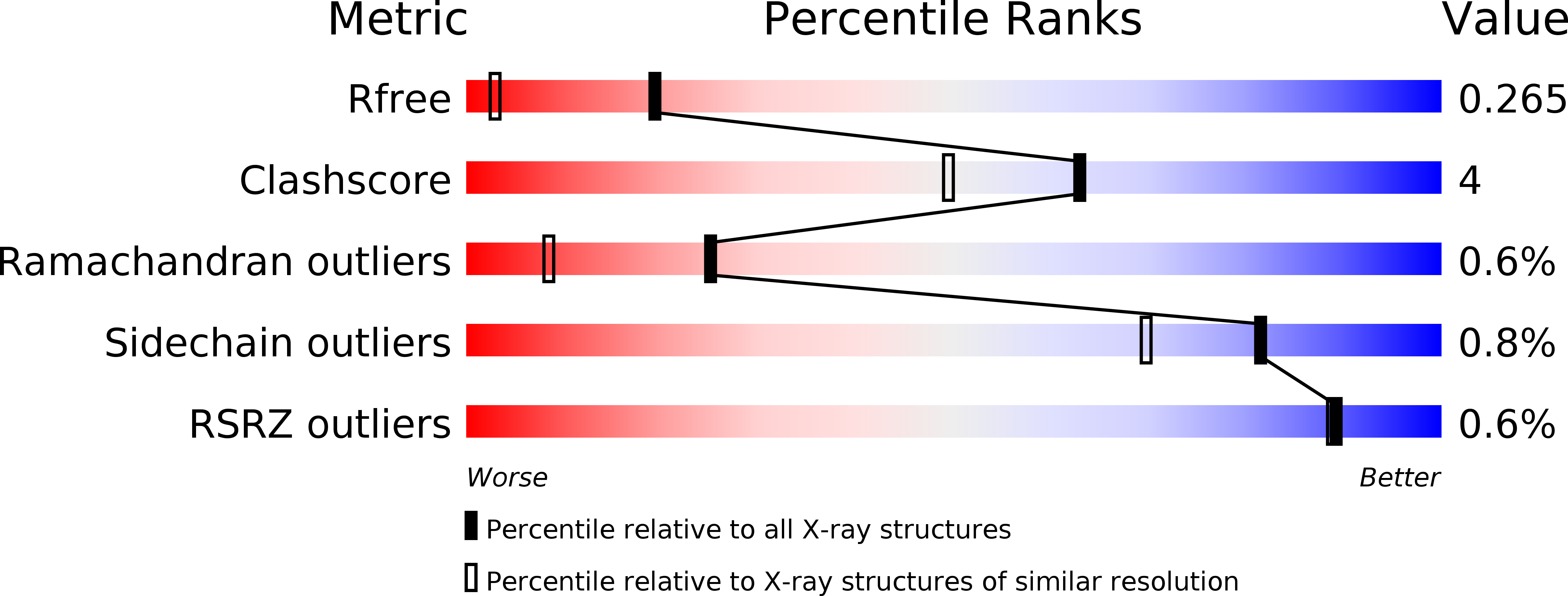
Deposition Date
2019-11-26
Release Date
2020-06-10
Last Version Date
2024-10-16
Method Details:
Experimental Method:
Resolution:
1.59 Å
R-Value Free:
0.24
R-Value Work:
0.21
Space Group:
C 2 2 21


